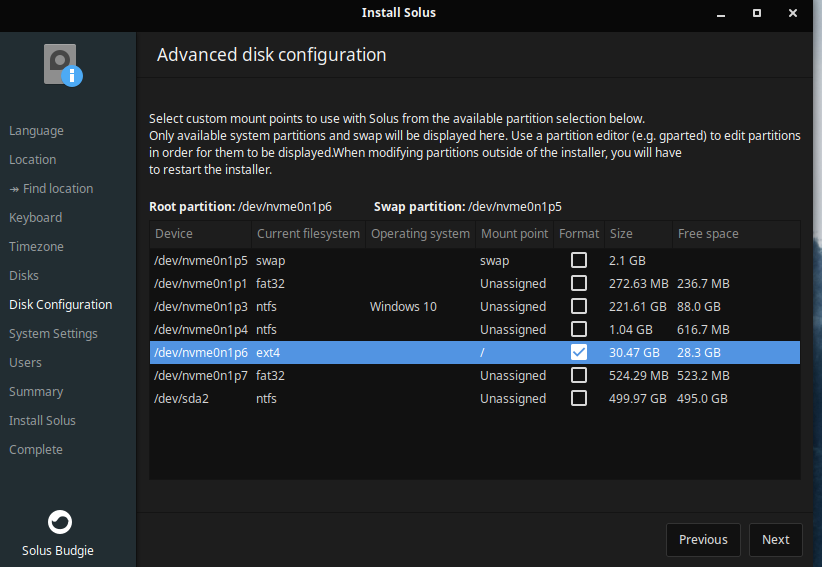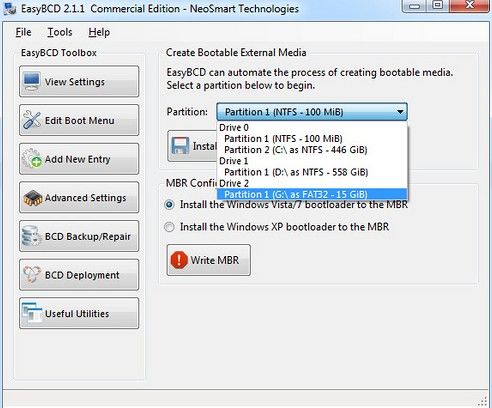

- #HOW TO INSTALL BOOTLOADER ON USB DRIVE DRIVER#
- #HOW TO INSTALL BOOTLOADER ON USB DRIVE MANUAL#
- #HOW TO INSTALL BOOTLOADER ON USB DRIVE ISO#
If you wish all Windows ISO contents in a single folder, you have to modify boot.wim yourself so that boot.wim can find correct install.wim and related files to install Windows. Then delete /windows/sources/install.wim.Ībove steps is to make sure boot.wim can find install.wim in the root of USB, while trying to keep the root of USB clean (well maybe not clean enough). You can see that for Windows Boot Loader entry, “device” and “osdevice” has been set to WinPE from path “ramdisk=\sources\boot.wim,Ĭopy \windows\boot\* to \boot\*Ĭopy \windows\efi\boot\boot圆4.efi to \EFI\BOOT\boot圆4_win.efiĬopy \windows\efi\microsoft\ to \EFI\Ĭopy \windows\bootmgr to \boot\bootmgrĬopy \windows\bootmgr.efi to \efi\microsoft\boot\bootmgr.efiĤ) Create /sources and copy all contents inside /windows/sources to it.
#HOW TO INSTALL BOOTLOADER ON USB DRIVE MANUAL#
You can’t boot Windows ISO installer directly, need some manual modifications.ġ) Create directory /windows and extract Windows iso into it.Ģ) On Windows, open a command prompt as administrators, run below command first:īcdedit /store \windows\boot\bcdīcdedit /store \efi\microsoft\boot\bcd Linux (loop)/casper/vmlinuz iso-scan/filename=$isofile boot=casper quiet splash -Ĭreate directory /winxp and extract Windows XP iso into it. Get memdisk from syslinux to load bootable iso or floppy image:Ĭreate directory /ubuntu and save all downloaded iso in it.Įdit grub.cfg as below, refer to grub.cfg in the ISO for more examples. Prepare a grub.cfg and put into /boot/grub Once done, you’ll have “EFI” directory to store EFI binaries for boot, and “boot” directory to store grub. Sudo grub-install –target=i386-efi –efi-directory= –boot-directory=/boot –removable /dev/sd Sudo grub-install –target=x86_64-efi –efi-directory= –boot-directory=/boot –removable /dev/sdX Sudo grub-install –target=i386-pc –boot-directory=/boot –removable /dev/sdX

If necessary, create additional partitions. Use fdisk to create FAT32 partition and mark as bootable. Since legacy mode doens’t recognize GPT diskĢ. You could use exFAT or NTFS as the data partition.ġ. If you have large files above 4G, consider seperating the boot partition with data partition. To use grub2 as the universal USB drive bootloader, you have to install grub bios/uefi on FAT32 partition. Thus, only FAT32/EFI System Partition stores EFI binary could be booted. According to UEFI spec, it requirest an “EFI System Partition” which “happens” to be compatible with FAT32 and says to assign it a GPT partition type of C12A7328-F81F-11D2-BA4B-00A0C93EC93B and an MBR partition ID of 0圎F. In order to boot both BIOS and UEFI machine, the USB should be partitioned compatible to both boot loader. This article introduce the pure manual way to customize your own installer ISO. There already some user friendly tools to customize all installer, like WinUSB. However due to the implementation of Windows’ bootloader, it requires some manual modification to Windows ISO files.
#HOW TO INSTALL BOOTLOADER ON USB DRIVE DRIVER#
GRUB2 is very powerful to act as the universal bootloader on a USB driver to install OS from.


 0 kommentar(er)
0 kommentar(er)
